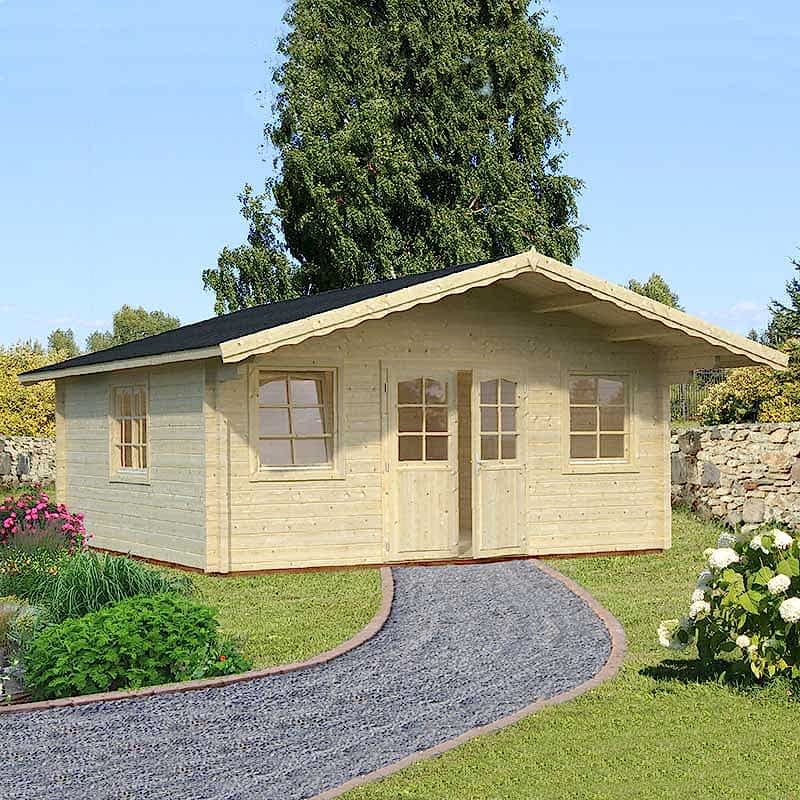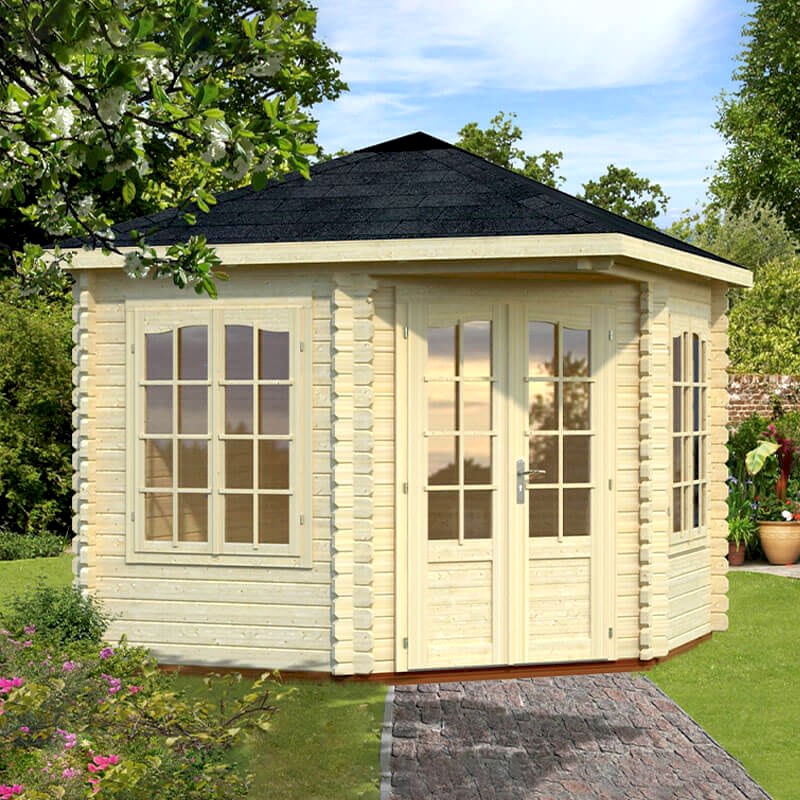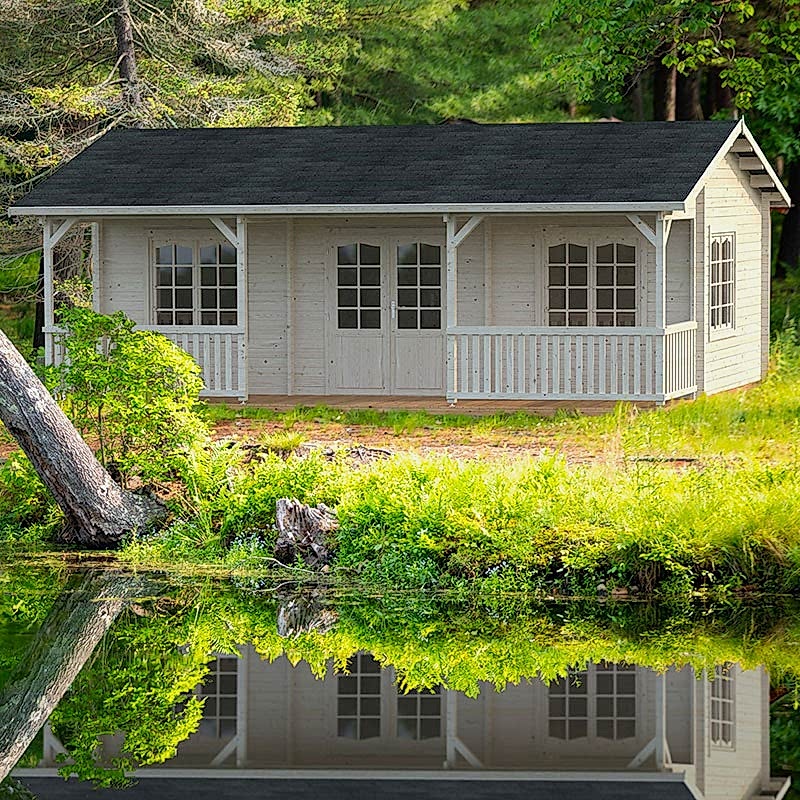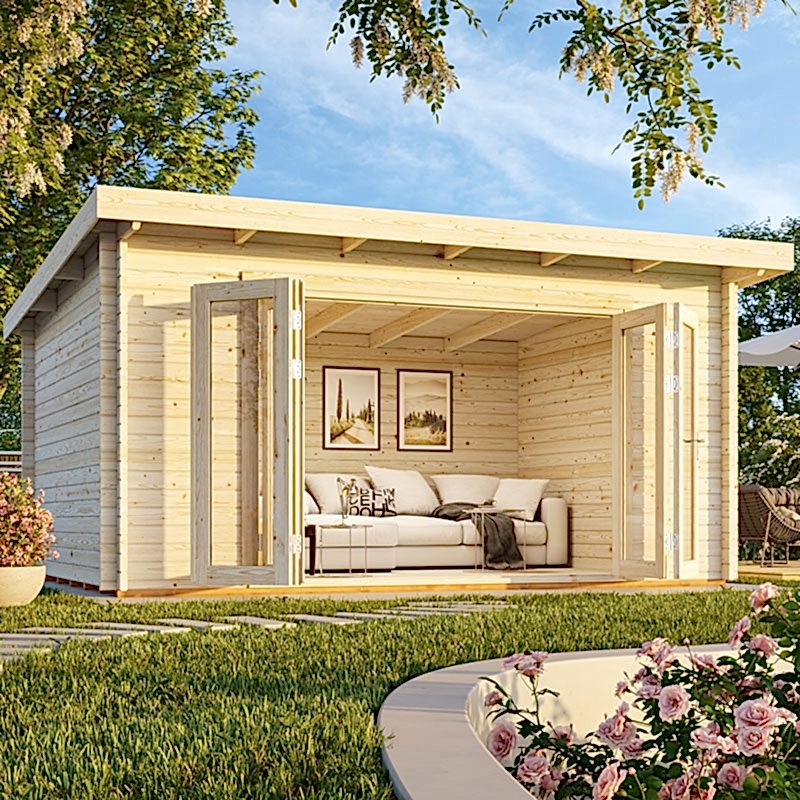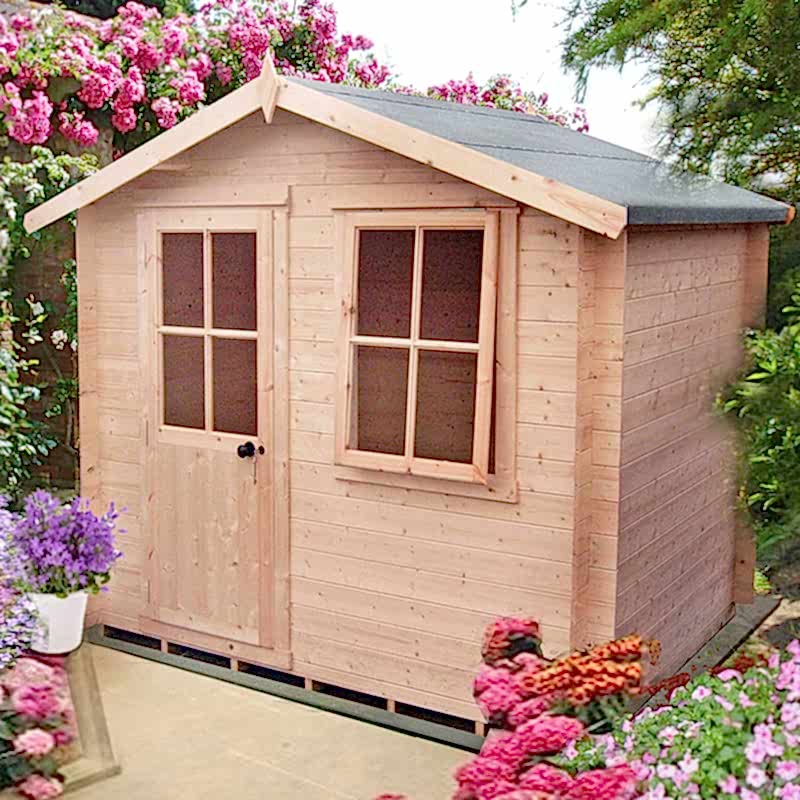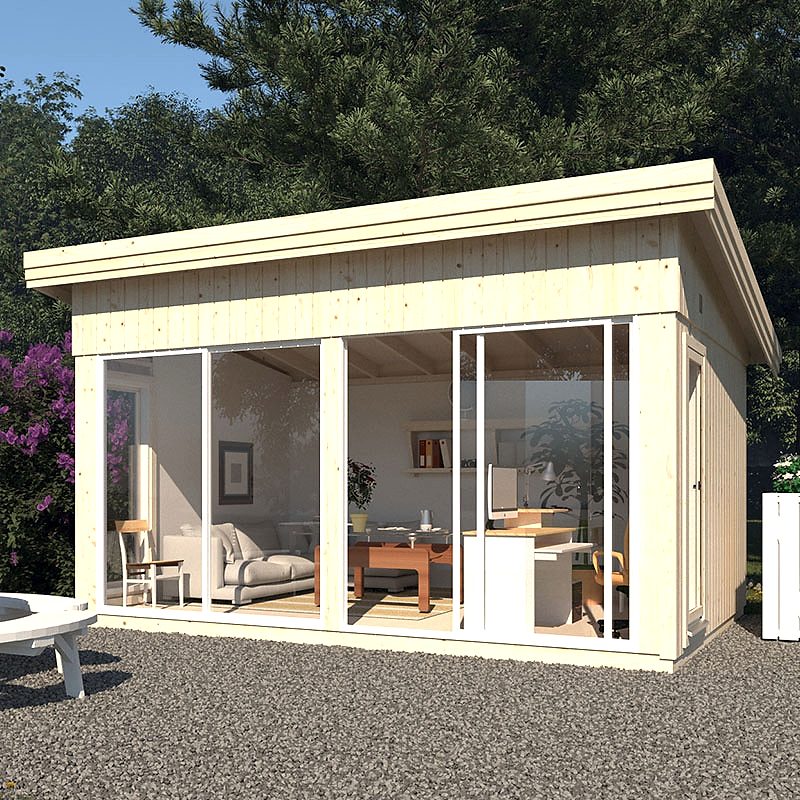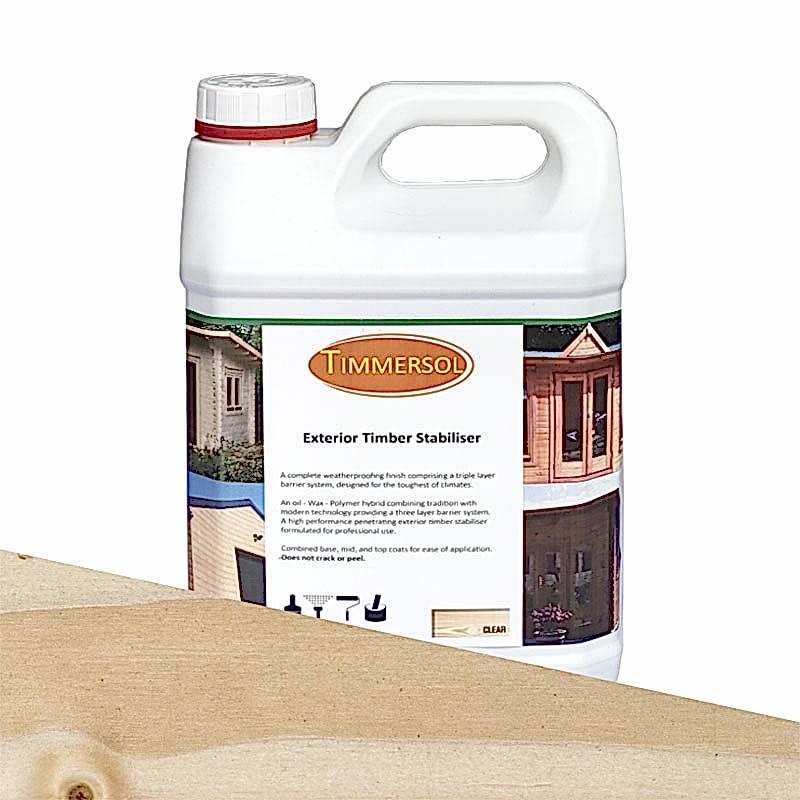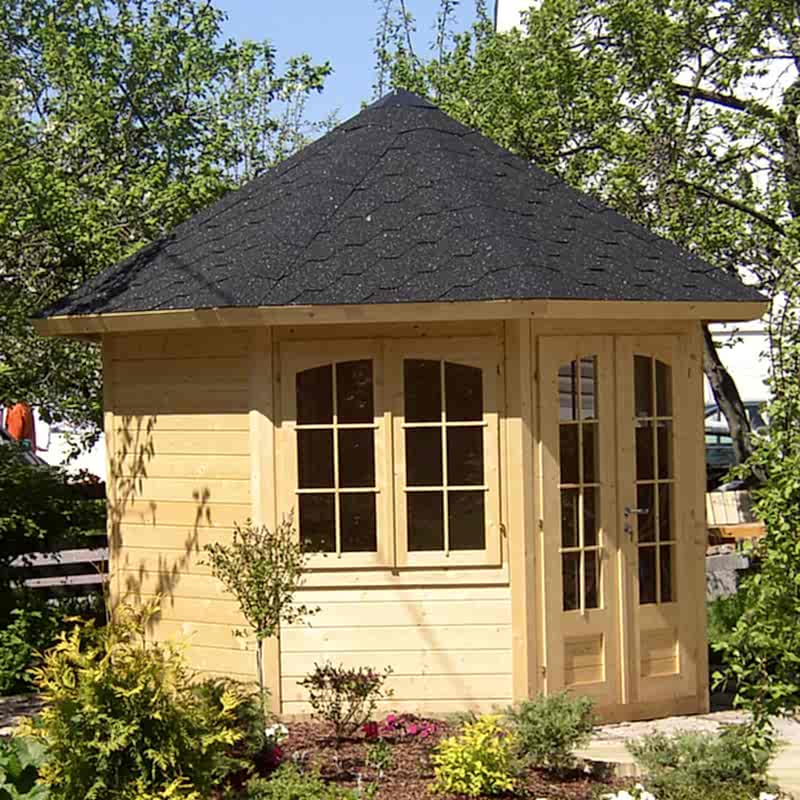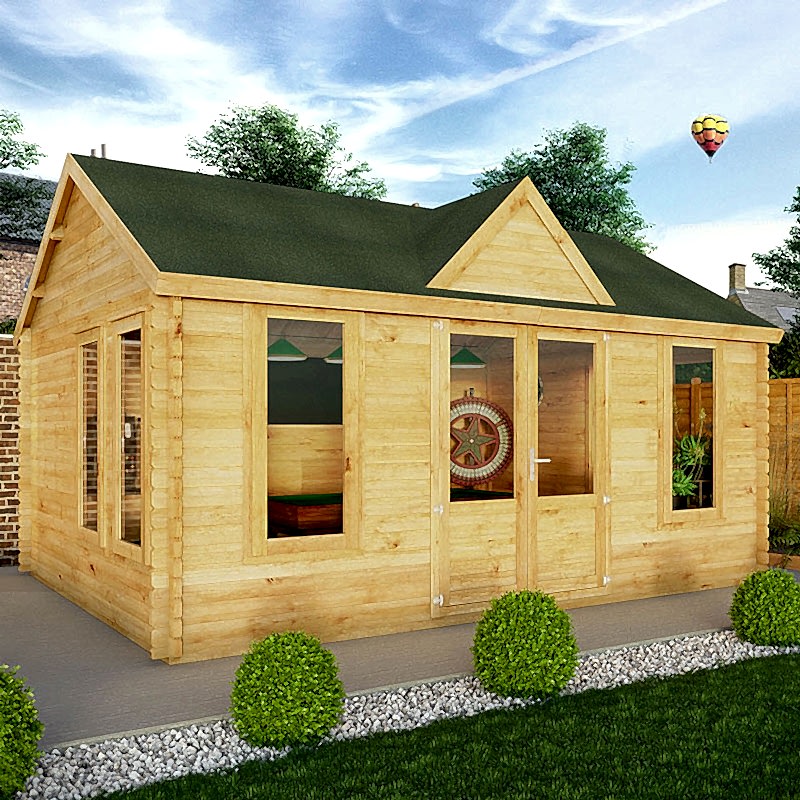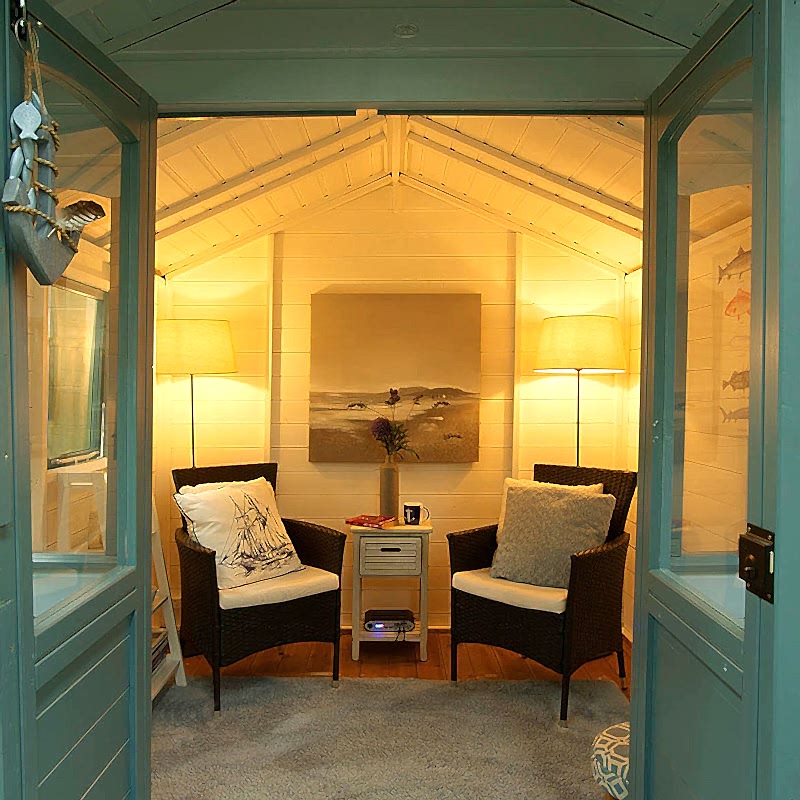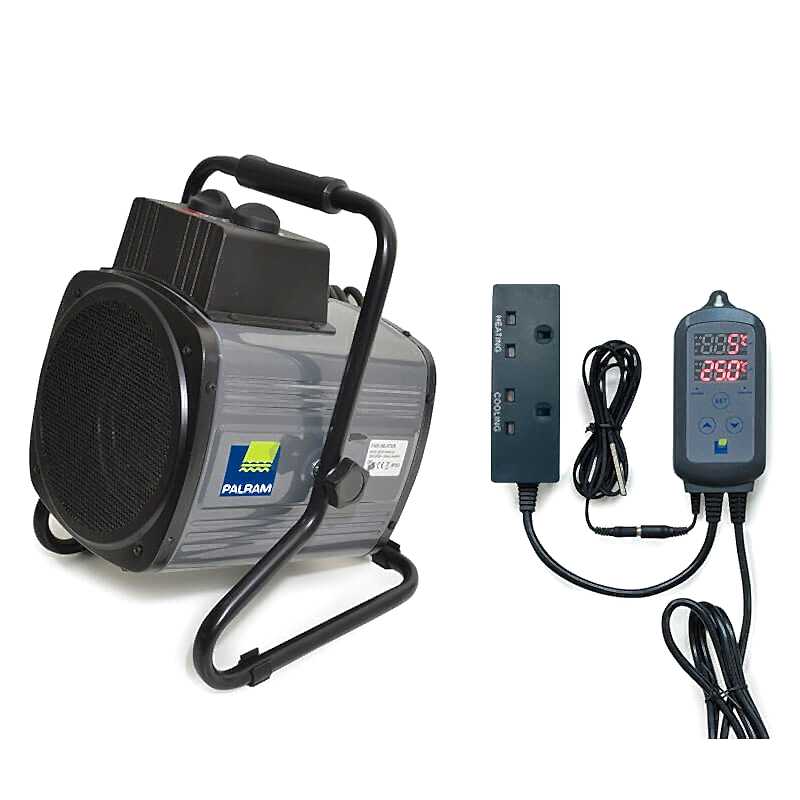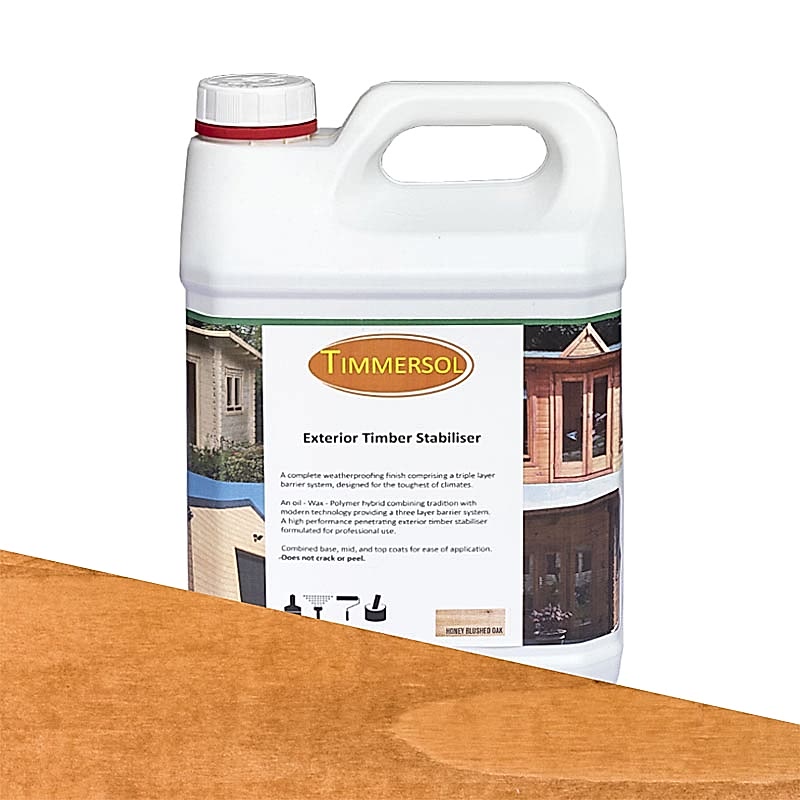Log Cabin Buying Guide
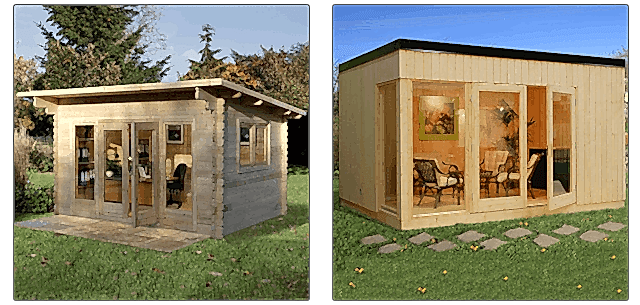

Buying a log cabin is not only a serious investment for your garden but for your property as a whole. It adds highly valued, extra living space for you and your family. Whether you want a garden office for working from home; an additional family room; an entertainment room or even a guest room, a log cabin will provide the space you need without the disruption of a house extension.
We know how important it is to choose the best log cabin for you, your garden and your lifestyle. Let us guide you through all the factors you need to consider.
This guide will cover the topics below. Click a topic to go straight to the information you need.
Welcome to the World of Log Cabins
Advantages and Disadvantages of Log Cabins
Log Cabin Decision 2: Cladding Construction
Log Cabin Decision 3: Cladding Thickness
Log Cabin Decision 4: The Roof and Floor
Log Cabin Decision 5: Doors and Windows
Log Cabin Decision 6: Number of Rooms
Log Cabin Decision 7: Other Style Features
Log Cabin Decision 8: What is the Cost of a Log Cabin?
Do I Need Log Cabin Planning Permission?
Welcome to the World of Log Cabins
Perhaps log cabins make you think of Scandinavia or maybe that they are only used as holiday homes. The fact is though that more people are buying log cabins each year to enhance their enjoyment of outdoor living. Log cabins help homeowners connect with nature and spend more quality time outdoors.
The log cabin buying guide provides you with all the information you need to make an informed decision, considering all the factors you need to consider when buying a log cabin.
A log cabin is rooted in Scandinavian tradition and is crafted from sturdy timber interlocking logs. They epitomise rustic charm and enduring quality. Originally used as shelters for pioneers in both Scandinavia and the American colonies, these homes offer natural insulation and a welcoming atmosphere. They create a blending of historic appeal with modern home comforts.
Frequently found in rural landscapes and holiday retreats, log cabins vary from quaint forest hideaways to spacious, luxurious dwellings. Whether used as a log cabin summer house, garden cabin, or year-round residence, their eco-friendly construction and timeless appeal make them an ideal garden building. Buy a log cabin to connect to nature without compromising your living comfort or personal style.
Advantages and Disadvantages of Log Cabins
Read below for some of the main advantages and disadvantages of log cabins.
Log Cabin Advantages
The following are just a few examples of the advantages to expect from log cabins:
- 1. Connection with nature - spending time in a log cabin offers a distinctive close bond with nature. Surrounded by the presence of trees and wildlife, log cabin users encounter a deep-seated feeling of peace and enjoy a sense of "being at one" with nature, which brings numerous mental health benefits
- 2. Customisability - made from wood, log cabins are customisable. This brings flexibility in log cabin design and layout with buyers being able to customise the layout later to their revised needs
- 3. Durability - log cabins are celebrated for their durability and resilience against severe weather conditions. Typically, log cabins in the UK last for 50+ years, with some exceeding a century in longevity. Irrespective, the lifespan of a log cabin greatly depends on the quality of its upkeep and maintenance
- 4. Natural aesthetic appeal - whether you are looking to buy a modern log cabin, or are keener on traditional log cabins, the natural aesthetic appeal of a log cabin will appeal to everyone
- 5. Superior insulation - with insulated log cabins having up to 70mm solid log cladding they are perfect for outdoor use. View the Palmako Sandra 6.3 x 4.5m Log Cabin Garden Building as an example. Log cabins are renowned for keeping interiors cool in summer and warm in winter. The insulation is also perfect for reducing noise getting out of the cabin and noise from outside being heard inside
- 6. Sustainable eco-friendly build - garden cabins have a strong environmental pedigree and have the potential to greatly diminish your carbon footprint or any activities that could harm the environment. By using solid logs in construction, log cabins capture carbon from nature or the environment, aiding in environmental conservation efforts
- 7. Versatility - log cabin sizes and designs enable various uses such as a garden log cabin office, garden gym, garden workshop, guest accommodation, hobby room, yoga room and many other uses!
Log Cabin Disadvantages
There are also a few log cabin disadvantages to consider:
- 1. Initial log cabin cost - the upfront cost of a log cabin is relatively expensive when compared to other garden buildings. This is because of the build quality, ultimately "you get what you pay for". Although an initial disadvantage, the log cabin will last and will likely be an asset increasing the value of your home when you sell or will be an inheritance for your family - they last a lifetime!
- 2. Logs cracking and splitting - as timber is a natural material, it undergoes natural processes like swelling and shrinking in response to your environment. This may lead to cracks and splits over a period, particularly in cheap log cabins or DIY builds. Cracking and splitting naturally occur due to variations in moisture levels and surface tension as the wood dries. Regular log maintenance is recommended including the application of sealing and caulking, stain and wood preservatives also help minimise the effects
- 3. Maintenance - logs will deteriorate over a period unless they are adequately maintained. Therefore, owners will need to clean, re-stain (provide log cabin treatment) and re-caulk your garden cabin. A failure to maintain will mean the wooden log cabin eventually rots and breaks down from water damage and UV rays. Even with poor maintenance a log cabin should last 25 years, otherwise, it is likely to last 50+ years
- 4. Space availability - in certain cases, gardens may lack sufficient space to accommodate a log cabin. Fortunately, there are compact log cabin sizes available. These start from the 7’x5’ Palmako Harry Children’s/Kids Cabin, which can be housed in most UK gardens
Log Cabin Designs
There are many log cabin design options to choose from at Buy Fencing Direct with 200+ log cabin models being available. Log cabin sizes are discussed later. Here are some log cabin designs to consider:
- Garden bar - a dedicated outdoor space designed for socialising and serving drinks in a log cabin garden setting. See: Palmako 11’8”x9’6” Kira Premium Extra-Large Garden Bar
- Kids cabins – why should the kids miss out on all the fun? Many of our garden log cabins are ideal for children and are a great alternative to playhouses. See: Palmako Felix 1.8m x 1.2m Children’s/Kids Cabin
- Log cabin summer house - a cosy retreat typically used for relaxation and enjoying summer weather in a garden. In a log cabin summer house, you can enjoy usage all year round! See: Shire Barnsdale 7’x7’ Wooden Log Cabin Summerhouse
- Corner log cabin - a log cabin designed to fit neatly into a corner space, maximising garden area usage. See: Palmako Melanie 2.8m x 2.8m Corner Log Cabin Summerhouse (44mm)
- Log cabin with canopy - features a roof extension providing shade and outdoor seating. See: Palmako Grace 20'x13' Pent Log Cabin with Canopy (56mm)
- Log cabin with gazebo – a log cabin integrated with a separate gazebo structure for expanded outdoor living and entertaining. See: Palmako Grace 6m x 3.9m Pent Log Cabin with Gazebo (56mm)
- Log cabin with side shed (also called a log cabin shed) - a log cabin combined with an adjacent storage shed for added utility value and storage space. See: Shire Rowney 13’x13’ Corner Log Cabin Summerhouse with Side Shed (28mm)
- Log cabin with veranda - enhanced with a covered porch extending along one or more sides, offering sheltered outdoor seating. See: Shire Maulden 2.1m x 2.9m Log Cabin Summerhouse (19mm) with Veranda
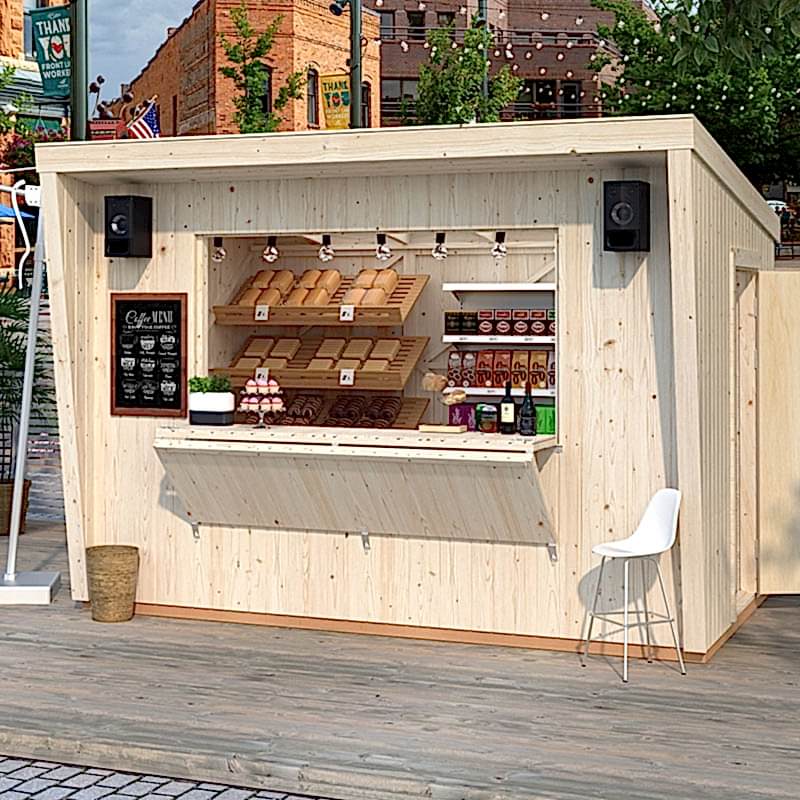

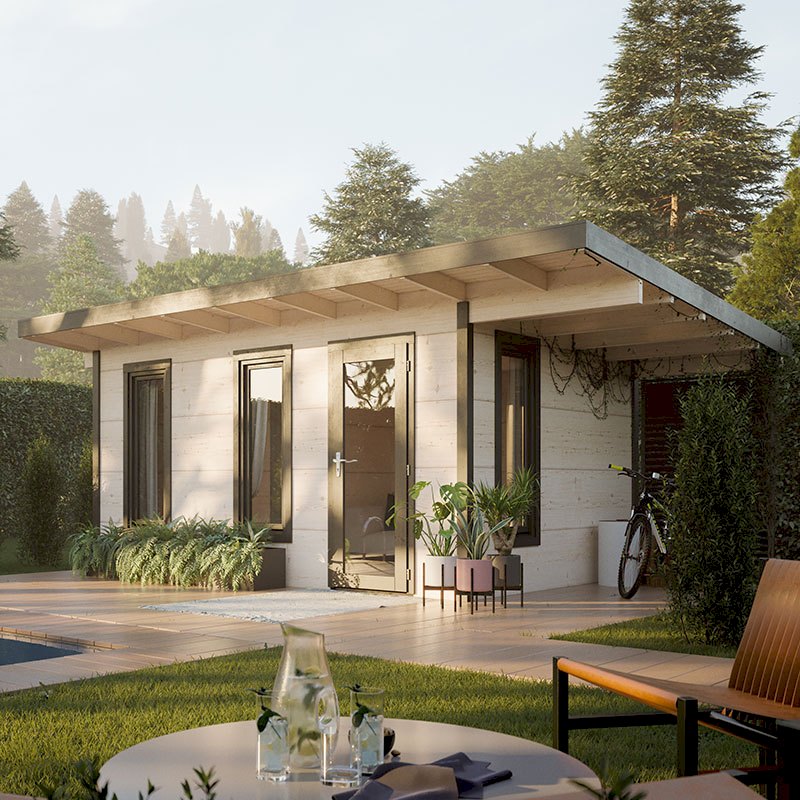

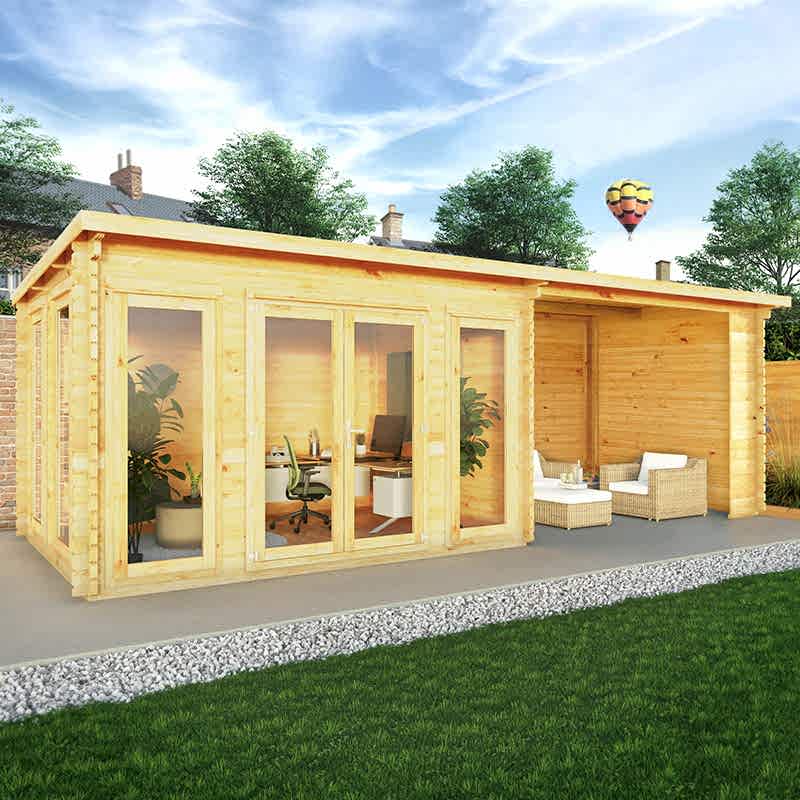

Log Cabin Options
In addition to the log cabin styles mentioned earlier, here are the various other log cabin characteristics and options that impact the overall log cabin design:
- Doors – styles of log cabin doors include traditional single and double doors. Modern log cabin options include bi-fold doors, sliding doors and French doors
- Cladding - choose from interlocking logs or tongue and groove cladding
- Glazing - options include:
- Materials – popular glazing materials include glass, polycarbonate and acrylic
- Thickness – choose from single glazing, double glazing or even triple glazing
- Integral storage areas - these are ideal for extra storage space within the log cabin
- Multi-room – enjoy versatile uses when you buy a multi-room log cabin, e.g. have a gym, garden office and dining room all in one large log cabin!
- Roofing – a variety of roofing styles influence log cabin design. The most popular roofing styles are pent, apex, reverse apex and pyramid
We go on to explore log cabin designs and other critical buying decisions throughout this log cabin buying guide.
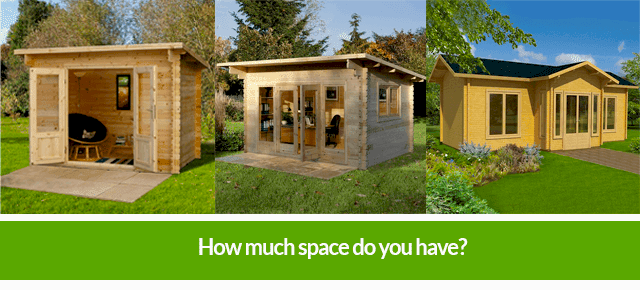

The garden space you have available as well as your intended use for the garden room will determine what size log cabin you should choose.
How Much Room Have You Allocated for Your Log Cabin?
Given the limited space in many gardens, buy a log cabin that complements rather than overwhelms it. Leave a 1-2ft perimeter around the garden cabin for upkeep and consider the necessary space for door and window operation.
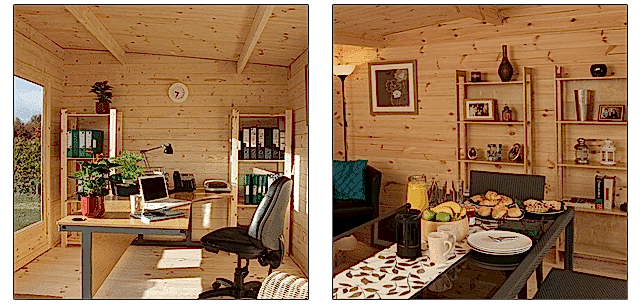

What Will You Use Your Log Cabin For?
Consider how you intend to utilise your new garden log cabin.
Are you aiming to establish a home office? Will you require only a desk and chair or additional space for shelves and additional seating? Would integral storage be a useful feature?
Alternatively, will you use the area for hosting family gatherings? Are you envisioning a dining table or comfortable sofas with a coffee table?
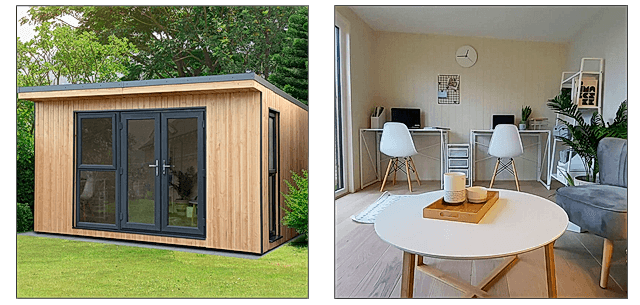

Will it be a multipurpose family room with a table for crafts and board games? Or a media room with sofas, bean bags and storage for game consoles and toys?
For the ultimate home office, take a look at our specialist range of Xtend garden offices. These advanced garden buildings are built using innovative Structural Insulated Panels. So, as well as combining contemporary design with superior quality, they are also fully insulated for year-round comfort.
View the Xtend Garden Offices here.
Now you’ve thought about how you'll use your cabin, it's time to think about its location.
Where is the Best Space?
Ensure the log cabin is facing towards the optimal direction to suit your lifestyle and how you plan to use the log cabin.
Are you seeking a log cabin that enjoys abundant sunlight throughout the day? Consider whether you prefer evening sun after work or full-day sunshine on weekends. Alternatively, for a home cinema or garden office where excessive sunlight can affect screen visibility, a more shaded retreat might be preferable. Take the time to observe the sun's path across your garden.
Try out the Space
Use twine and canes to mark out the space in your garden. Even try placing pieces of furniture in the sectioned area. This will give you the best idea of what is possible.
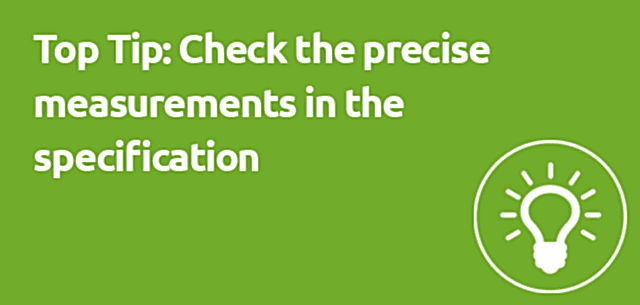

Top Tip: Check the Precise Measurements in the Specification
Not every log cabin labelled as 13’x13’ is precisely 13’x13’, and this applies to other log cabin sizes as well. These dimensions are approximate and serve as a rough guideline. For exact and detailed measurements, refer to the specification guide provided on each product page.
Pay attention to overhanging roofs, side sheds, and other additions that could impact measurements. When garden log cabins include attached storage or verandas, ensure you clarify if these are included in the log cabin dimensions. Feel free to contact our helpful customer service team based in the UK for any assistance you need.
Buy Popular Log Cabin Sizes
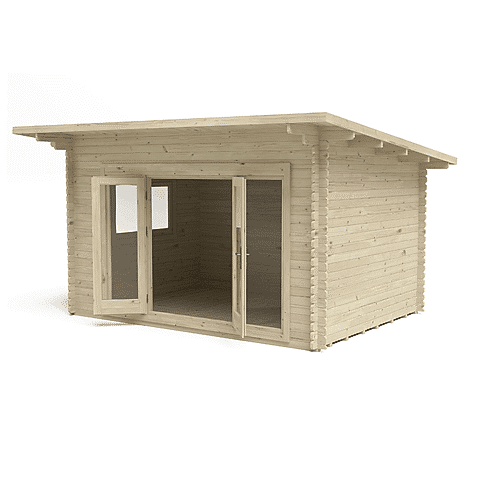

The cladding construction refers to the method by which timber boards are assembled to create the exterior walls of the log cabin.
Below we discuss the two main types of log cabin cladding – Tongue & Groove and Solid Logs.
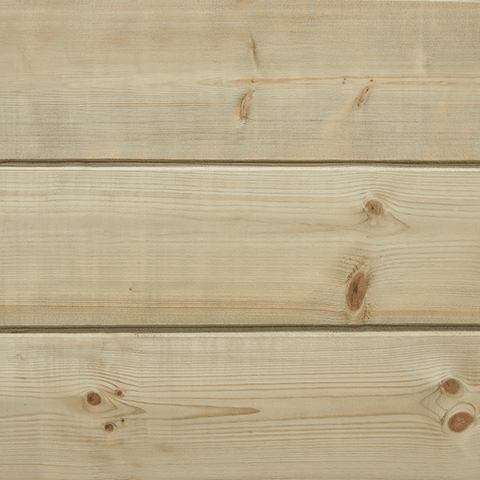

Tongue and Groove Cladding
- Timber boards - tightly fit together, creating a sturdy and weather-resistant structure
- The absence of gaps - improves shielding against rain and wind
- Thicker boards - decrease vulnerability to shifting in different weather conditions
- Tongue and groove cladding - has a smooth profile, adding to its contemporary and polished appearance
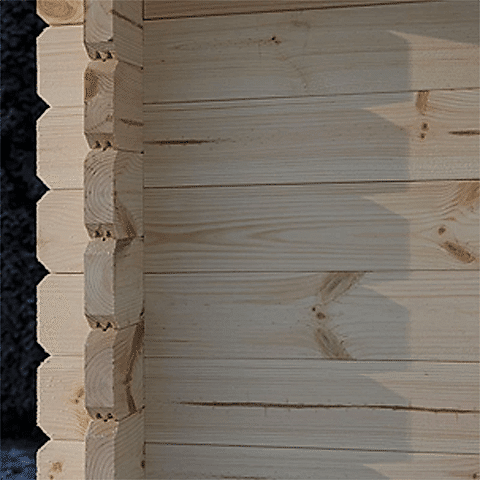

Solid Logs
- Composed of substantial timber boards – these are typically thicker
- Locking methods:
- Double tongue and groove interlocking mechanism
- A chalet cut and join method
- Similar advantages to tongue and groove designs - but have these extra benefits:
- Enhanced strength
- Improved insulation properties
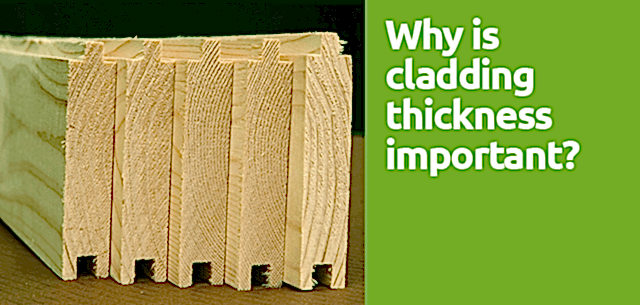

Why is Cladding Thickness Important?
The thickness of log cabin cladding plays a critical role for several reasons:
- Durability - thicker cladding enhances durability and structural integrity, ensuring the cabin withstands harsh weather conditions effectively over time
- Insulation properties - maintains a comfortable indoor temperature year-round
- Sound insulation - thicker boards provide better sound insulation, reducing both internal and external noise levels within the cabin
- Visual appeal - contributes to a more robust and visually appealing exterior, enhancing the overall quality and longevity of the log cabin
Unlike standard sheds with walls typically starting at 7mm and summer houses at 12mm, log cabins are designed for extended use throughout the year. Their cladding typically begins at 19mm thickness and can extend up to 70mm, ensuring suitability for varied climates and prolonged durability.
For those considering winter use of their log cabin, we recommend opting for cladding thickness starting from 42mm to effectively maintain comfort and insulation during colder seasons.
Guarantee Lengths
It is worth mentioning that log cabin cladding thickness is an important factor in the guarantee length you will receive. Here at Buy Fencing Direct, our log cabins for sale are guaranteed for between one and ten years.
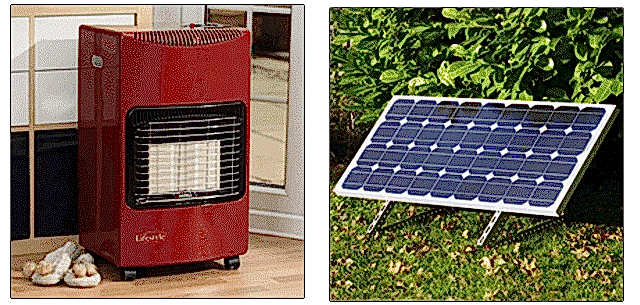

What are the Heating Options for Log Cabins?
Heating your log cabin is entirely feasible with several approaches available to you. Options include utilising a portable gas heater, integrating a solar power hub coupled with a 12v heater, or arranging for an electrician to connect your garden room to the mains for use with an electric heater.
When installing a heater, it is crucial to adhere strictly to all safety instructions provided by the manufacturer, especially those concerning ventilation and clearance. It is essential never to leave any heat sources unattended for safety reasons.
Will the Timber be Treated?
Unlike sheds and summerhouses, the vast majority of log cabins do not come treated. The timber will need to be treated upon construction and then yearly thereafter. This is a wonderful opportunity to add colour to your log cabin to suit your style and your garden.
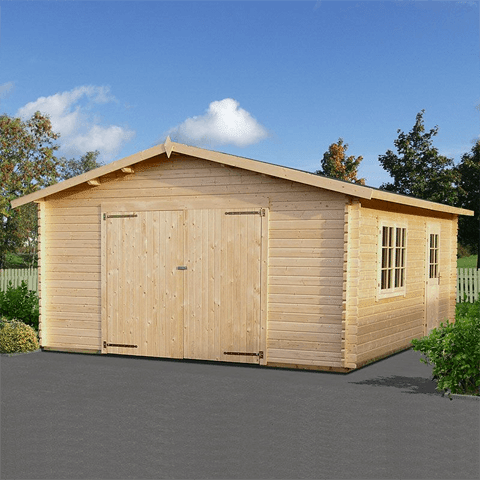

Apex roof log cabins are characterised by their triangular roof design, which slopes upwards to form a peak in the centre. This distinctive style not only provides extra headroom and a spacious interior but also ensures effective drainage of rainwater away from the cabin. Apex roofs are popular with buyers of traditional log cabins.
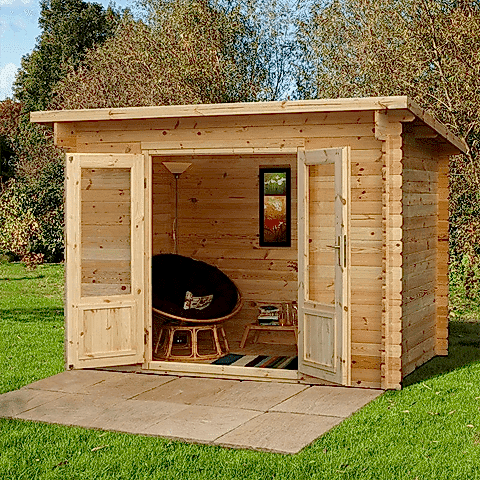

Pent roof log cabins are easily recognised by a single-sloped roof that slants downwards from one side to the other. This design is ideal for directing rainwater away from the building and due to its sleek lines provides a modern log cabin aesthetic appearance. Its reduced height makes it suitable for placing beneath trees or adjacent to a wall or fence.
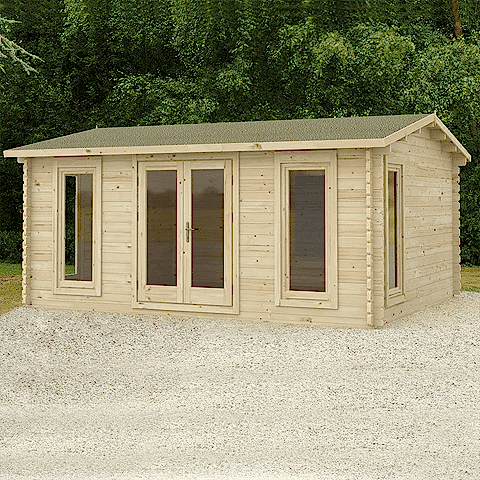

Reverse apex roof log cabins feature an innovative roof design that slopes downwards from the front to the back. This provides a distinct appearance and practical benefits, which are often tailored to specific garden shapes or layouts. This roof style helps divert water away from the cabin's entrance and contributes to a unique architectural log cabin design.
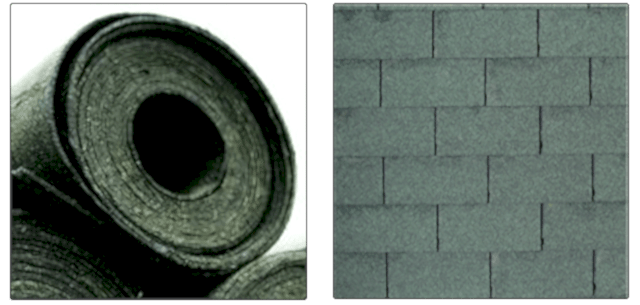

The Roof Covering
Felt remains the most popular choice for roof coverings in many garden buildings. Basic black sand felt, the most economical option, typically lasts around 5 years. For increased durability, green or red mineral felt is preferable. Polyester-backed felt offers the strongest option with additional fibre support, with an anticipated lifespan ranging from 15 to 25 years.
Typically attached by tacking, although adhesive may be used in some cases, felt roofs can require maintenance such as re-tacking or replacement of loose patches over time. This is particularly the case in windy conditions. For those seeking a premium look, some manufacturers offer felt shingles as an upgrade.
Look out for underlay options too as this can prolong the life of felt and add further weatherproofing.
Some garden buildings also offer wooden roof enhancements, including options like wooden slats or cedar shingles, which are known for their enhanced durability and aesthetic appeal.
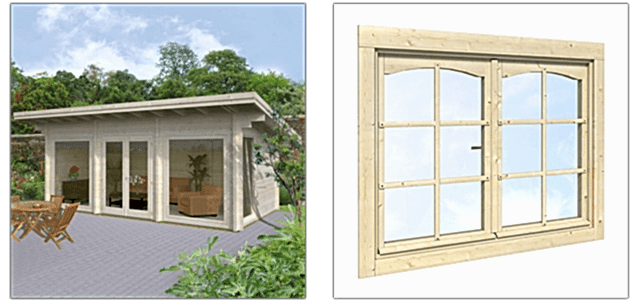

Naturally, you will want to include windows or glazed doors in your log cabin. It is important to decide on the number of windows you prefer as they significantly impact the amount of natural light inside the cabin.
Do you Want Opening Windows in Your Log Cabin?
Having windows that open is advantageous as they allow for ventilation, which helps maintain a comfortable temperature inside the log cabin, especially in warmer seasons.
It is important to consider how far the windows open when arranging your interior log cabin design. Look out for tilt and turn windows which have the flexibility of opening at both the sides and the bottom.
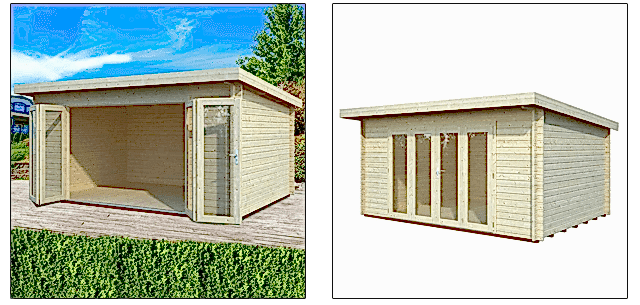

Are Bi-fold Doors a Popular Option?
Bi-fold doors have become increasingly popular in modern log cabins due to their ability to seamlessly connect indoor and outdoor spaces. As they are usually fully glazed, they maximise natural light, these doors are favoured for their sleek design and functionality.
They provide a contemporary aesthetic appeal that complements the clean lines often found in modern log cabin architecture.
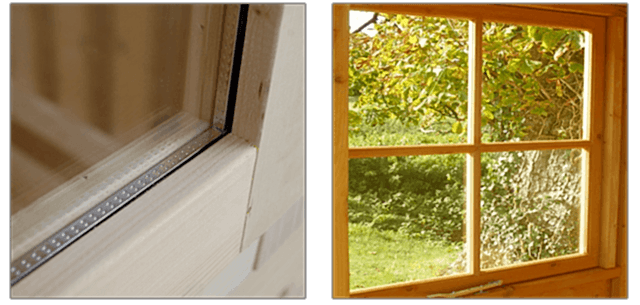

What are the Glazing Options for Log Cabin Windows and Doors?
Log cabin windows and doors offer a range of glazing options tailored to different needs. Real glass is used in many log cabins. Standard single glazing provides basic insulation, while double glazing is favoured for its improved thermal efficiency and noise reduction, making cabins suitable for year-round use. For even greater insulation and energy efficiency, some garden cabins feature triple glazing to further minimise heat loss and enhance sound insulation.
Additionally, options like laminated or toughened glass provide added security against breakage and intrusions. For those prioritising safety and durability, alternatives such as styrene or polycarbonate glazing offer a safer option than glass. They are resistant to shattering (i.e. no sharp pieces) and Ultraviolet damage, making them ideal for environments with children or pets.
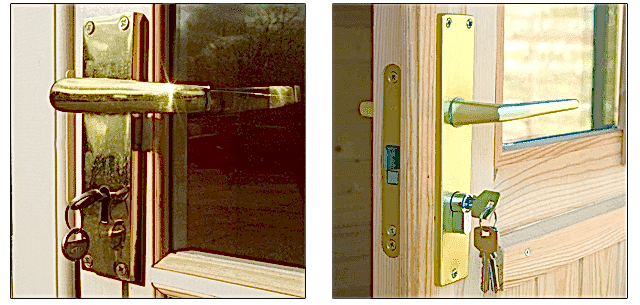

What are the Security Measures for Securing my Log Cabin Door(s)?
Securing log cabin doors is essential for protecting belongings and ensuring peace of mind. These doors commonly feature robust locking systems such as mortice locks or cylinder locks, with some models also incorporating bolts or deadbolts for added security against forced entry.
It is advisable to review the specifications of your chosen log cabin to verify the types of locks and security features included. For heightened security concerns, consider upgrading to advanced lock systems or seek advice from a professional locksmith.
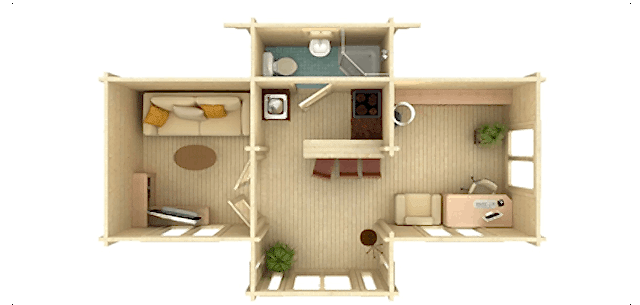

Multi-room log cabin solutions offer you a flexible multi-purpose living space to combine that home gym, den and or guest room.
Check the configuration and mark it out on your lawn with twine and pegs to give you a sense of how you will be able to use the space. Double-check where the windows and access points are and if this will suit your plans and your outdoor space.
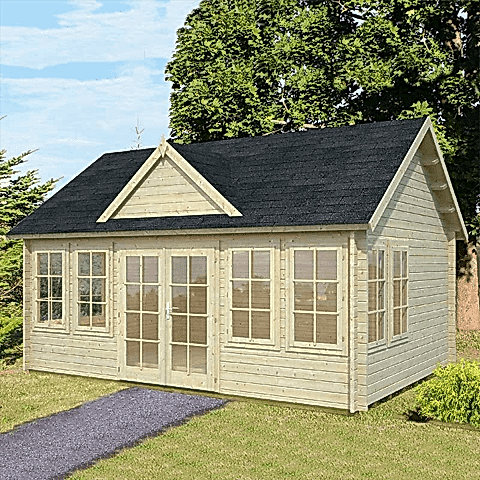

Traditional Log Cabins
If your preference leans towards classic designs, traditional log cabins often feature apex roofs. To enhance the authentic garden cabin feel, consider adding chalet-cut corners, which are characteristic of rustic log structures. Incorporating Georgian-style windows or opting for a shingle roof covering are additional traditional features that add to the charm and appeal of these timeless log cabins.
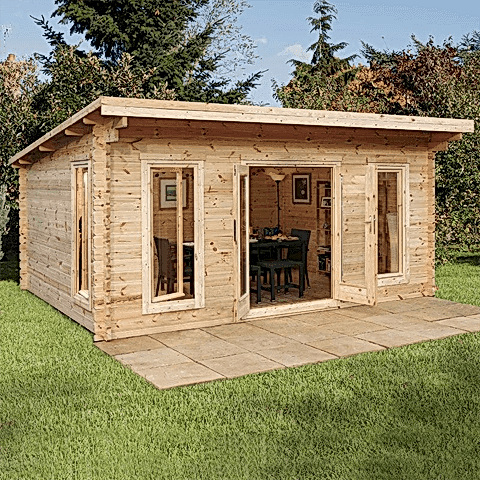

Contemporary Log Cabins
Embodying contemporary design principles, modern log cabins still manage to retain the rustic charm of traditional log construction. They often feature sleek and minimalist aesthetics, blending natural materials with contemporary finishes. These garden cabins emphasise space and use large windows and open-plan layouts to maximise natural light and create a spacious interior feel.
Inside, you will find innovative insulation materials, bi-fold doors and energy-efficient solutions, ensuring comfort throughout the year. Additionally, contemporary log cabins may integrate smart home technology, offering automation for heating, lighting and security systems to enhance convenience and sustainability.
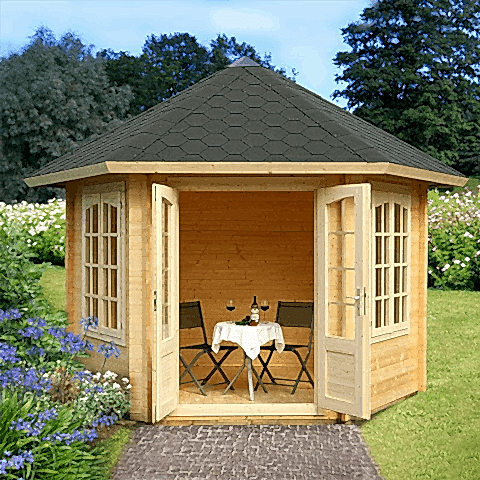

Corner Log Cabins
Make the most of your garden space with a corner log cabin, such as the 9'x9', 10'x10' or 13'x13' models, which are excellent examples of maximising available garden space. Placing a log cabin in a corner not only optimises the use of space but also provides a unique vantage point for views of your garden landscape.
These garden cabins blend seamlessly into the corners of your garden, offering both practicality and aesthetic appeal. Whether you use it as a cosy retreat, a garden log cabin office or a hobby room, a corner log cabin enhances the functionality and charm of your outdoor living space.
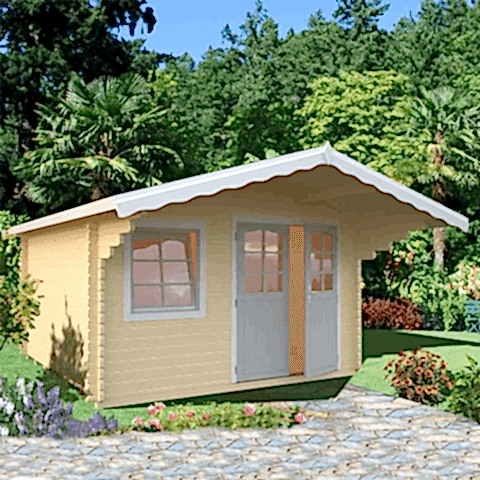

Overhanging Roofs
As well as making a striking style statement, these oversized roofs add extra shelter for you to enjoy. Plus, they protect the interior of the cabin from glare and the exterior facade from the elements.
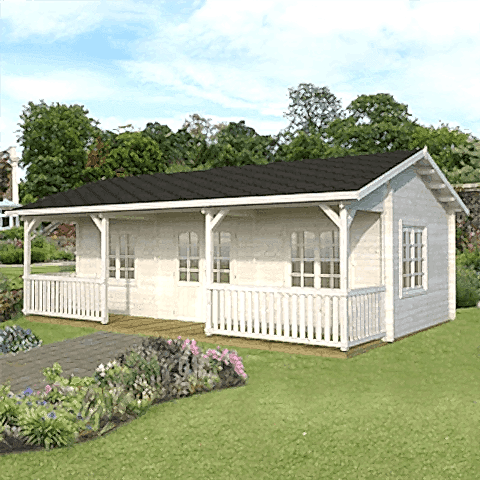

Verandas
As practical as they are pretty, verandas provide additional space for relaxing on garden furniture, removing shoes or decorating with planters.
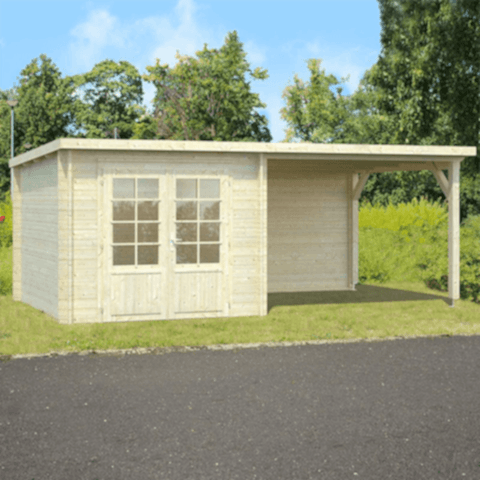

Covered Exterior Areas
Some log cabins have a covered outdoor area which is ideal for an outdoor dining space, storing bicycles or a shaded play corner.
- Purchase price – this will vary based mainly on the log cabin size and the thickness of log cabin materials used:
- Small log cabins (up to 8'x6' in size) – expect to pay between £800-£1,600
- Large log cabins - (from 8'x'6 up to 30’x13' in log cabin size) - again costs vary substantially. Log cabin prices are sorted by cladding below, which is the costliest factor. Others to consider include log cabin size and log cabin features:
- - 19mm cladding (8’x6’ to 20’x10’ in size) – between 12 and 50 hours – so £300 to £1,250
- - 28mm cladding (8’x7’ to 22’x11’ in size) – between 12 and 50 hours – so £300 to £1,250
- - 34mm cladding (10’x10’ to 22’x11’ in size) – between 16 and 60 hours – so £400 to £1,500
- - 44mm cladding (9’x9’ to 30’x13’ in size) – between 16 and 75 hours – so £400 to £1,875
- - 70mm cladding (18’x14’ to 28’x12’ in size) – between 50 to 125 hours – so £1,250 to £3,125
- Installation – the choice between DIY or professional installation will significantly impact costs. Additionally, the log cabin size and installation intricacy will also influence the expenses involved:
- DIY installation – There is a possibility of no costs for simpler, small log cabin installations. The only requirement might be acquiring or renting tools, which could range in price from £50 to £300
- Professional installation – log cabin prices for installation fluctuate significantly based on factors such as size, intricacy and geographic location within the UK. As a benchmark, an estimated average hourly rate in the UK could be around £25.
- - Small log cabins - up to 8’x6’ in size - between 8 to 16 hours (so, costs between £200 and £400)
- - Large log cabins:
- - 19mm cladding (8’x6’ to 20’x10’ in size) – between 12 and 50 hours – so £300 to £1,250
- - 28mm cladding (8’x7’ to 22’x11’ in size) – between 12 and 50 hours – so £300 to £1,250
- - 34mm cladding (10’x10’ to 22’x11’ in size) – between 16 and 60 hours – so £400 to £1,500
- - 44mm cladding (9’x9’ to 30’x13’ in size) – between 16 and 75 hours – so £400 to £1,875
- - 70mm cladding (18’x14’ to 28’x12’ in size) – between 50 to 125 hours – so £1,250 to £3,125
- Installation from our brands – check on individual products for full details. When buying a log cabin through Buy Fencing Direct any of the following installation services may be available, these vary by brand and product
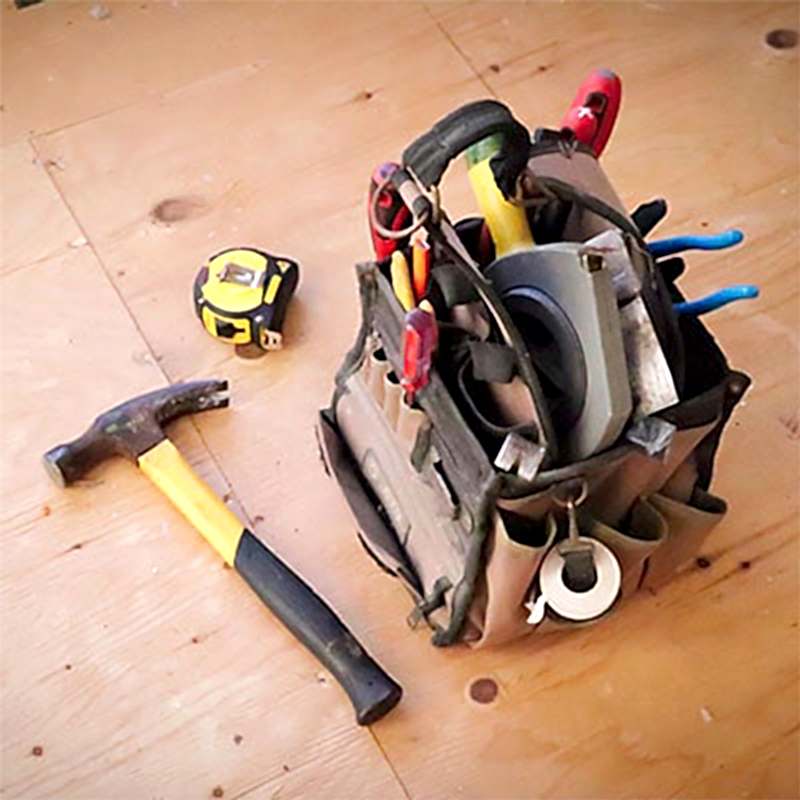

- Accessories – the following log cabin accessories will also improve the enjoyment of your new outdoor building:
- Cabin hooks – deceptively simple, these are used for hanging coats, tools or other items inside the cabin. Expect to pay up to £30
- Guttering kits – these are an eco-friendly accessory that can be used as a part of harvesting rainwater approach if fed into a water butt. They are also essential for directing rainwater away from the cabin's foundation. Pricing will depend on the size needed and the material used. Price range £50 to £200
- Security alarm system – naturally, to ensure the safety of belongings inside the garden cabin. Expect to pay between £100 to £500 depending on the quality of the security alarm system purchased
- Solar lights - offer FREE eco-friendly lighting inside the log cabin. Costs between £20 to £200 depending on the complexity of the solar lighting solution
- Ventilation grills - improve airflow and reduce humidity inside the cabin. Varies between £10 and £50
- Veranda railings – these add safety and style to the cabin's outdoor area. Price range £100 to £500
- Window shutters – enhance the privacy and add a decorative touch to log cabin windows. Price range £50 to £300
- Wood preservative treatment - protects and extends the lifespan of the log cabin. Price range £20 to £100.
- Building Permits and Log Cabin Planning Permission
Regulations concerning building permits and planning approval vary greatly based on the Local Authority and the complexity of the garden log cabin installation. Costs typically begin at £80, yet in many cases, garden log cabins do not require a formal planning permission submission. It is essential to check with your local council to ensure compliance with planning regulations and to avoid any potential fines or delays.
Other aspects to consider:
Log Cabin Bases
Ensure your log cabin is installed on a stable and even surface to prevent issues like shifting, misaligned doors and windows, and compromised structural integrity. The ground should be flat and clear of obstacles like stones and tree roots. If placing the cabin on grass, a log cabin base is necessary, whereas a solid surface like concrete or slabs may not require an additional base.
Please note that base installation is not included with log cabin installation services.
What Type of Base Should I Use?
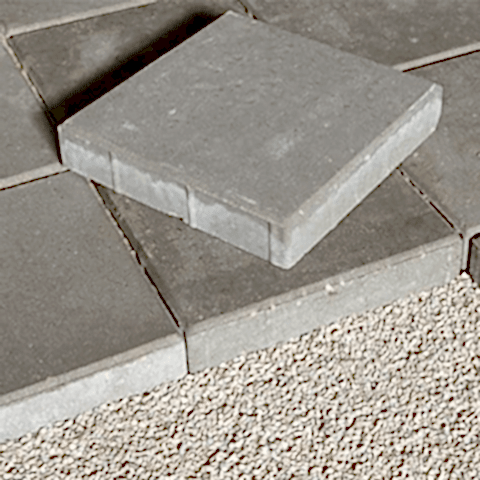

For constructing a sturdy log cabin base, concrete stands out as the top choice despite being a higher-cost option. Alternatively, concrete slabs offer a solid alternative and should be laid to form a seamless surface without significant gaps. It is crucial for both options to rest on a layer of sharp sand and hardcore to ensure proper rainwater drainage. Additionally, maintaining a level surface is essential for the stability and longevity of the concrete base or slabs.
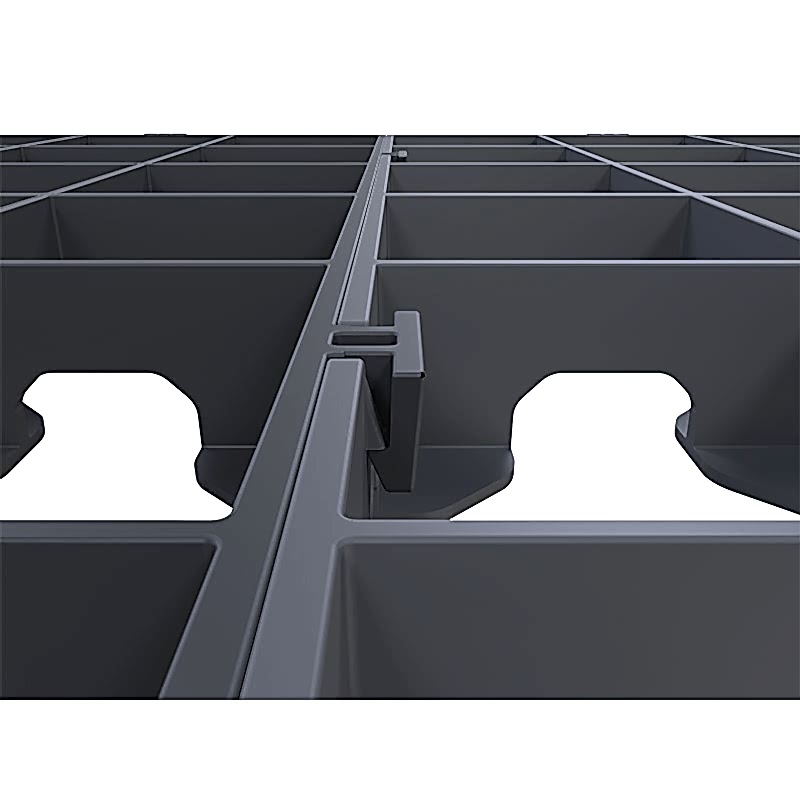

Buying a ProBASE plastic log cabin base as your chosen solution is a recommended option. They provide a straightforward assembly process that ensures adequate ventilation and prevents damp issues under your log cabin. Manufactured from 100% recycled plastic, they are environmentally friendly and reusable, allowing flexibility in log cabin placement.
The plastic log cabin base features an interlocking design for easy installation and despite its lightweight, provides robust support. Proper installation involves following detailed instructions for ground preparation, using the included membrane, and adding pea gravel where necessary to maintain levelness and durability.
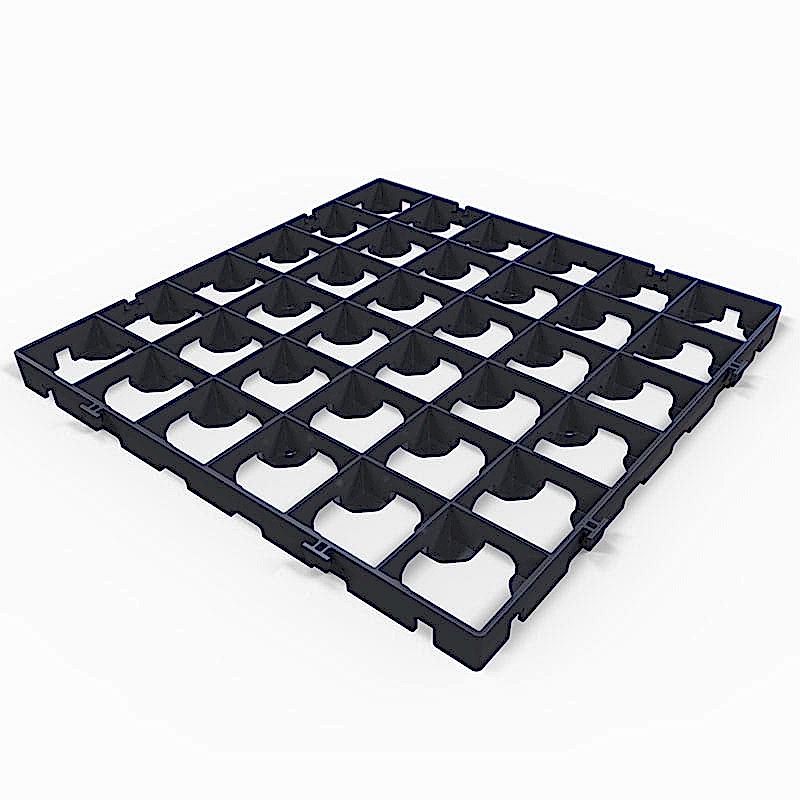

Do I Need to Use a Damp Membrane?
When using a plastic log cabin base, it is crucial to incorporate a damp membrane, which comes included in the Probase kit.
For laying a concrete base or concrete slabs, it is strongly advised to integrate a membrane into the process for optimal results.


What if I am Still Unsure About Which Base to Use?
Check the options menu on the product pages to find out if a plastic base is suggested for the log cabin building you are buying. If you are unsure, contact our helpful Customer Service Team based in the UK and they will be glad to assist.
We strongly advise against using other materials besides those mentioned above for your base, as they may not withstand UK weather conditions and could lead to subsoil erosion. It is essential not to place a log cabin directly on soil, grass, or sand. Additionally, we recommend having all bases constructed by a qualified trades professional.
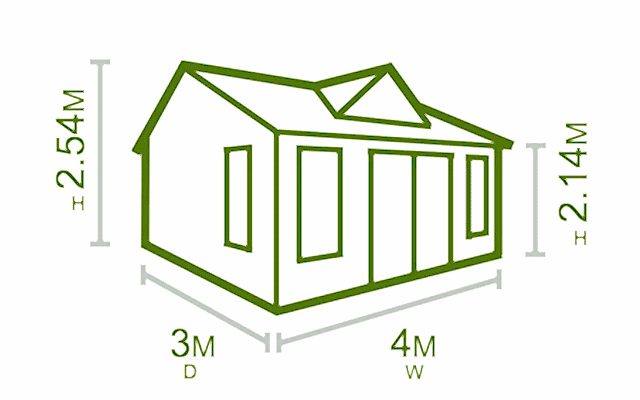

Do I Need Log Cabin Planning permission?
Fortunately, log cabin planning permission is not needed in most cases. Planning authorities will treat log cabins as “outbuildings” for planning application purposes.
Here are the situations where you may need planning permission for a log cabin:
- The log cabin exceeds 3 meters in height with a pent roof.
- It surpasses 4 meters in height with an apex roof.
- The log cabin is intended for non-domestic purposes.
- It is situated within 2 meters of the main building and stands taller than 2.5 meters.
- The location is forward of a wall that forms the main front of the house.
- The log cabin will cover more than half of the garden area or occupy more than half of the surrounding land of the house.
A log cabin cannot be constructed as an independent residence and must not include an antenna. Additional restrictions may apply to listed buildings, structures within national parks, conservation areas, etc.
If uncertain, we advise contacting your local planning authority for guidance.


Top Tip: Speak to your insurance company
We’d like to remind you to speak with your insurance company so you can check if your log cabin and its contents will be covered. A log cabin adds considerable value to a property, so it is important to protect it.
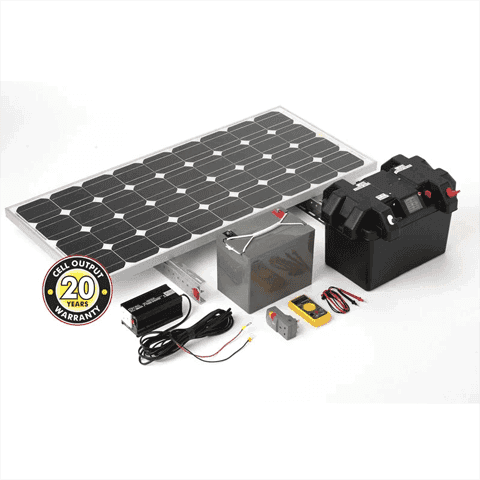

Solar Power
We offer a range of solar power options for your log cabin.
Our solar power stations provide a power source for many appliances such as televisions, laptops, printers, game consoles and more. A 12v point also allows you to run 12v appliances. As these units are so simple to install, you will not need to pay an electrician.
Our solar hubs are designed for less demanding power needs. With a 12v point for 12v appliances, USB points for powering portable devices and dedicated points for our Hubi lighting packs, they are an economical way to add power to your garden building. With easy DIY installation, there is no need for an electrician.
Our Hubi lighting kits, which connect to the solar hubs, include a choice of pendant lighting, strip lighting, floor lamps, table lamps and combinations of these. The effect is an inviting space that you can use later in the evening.
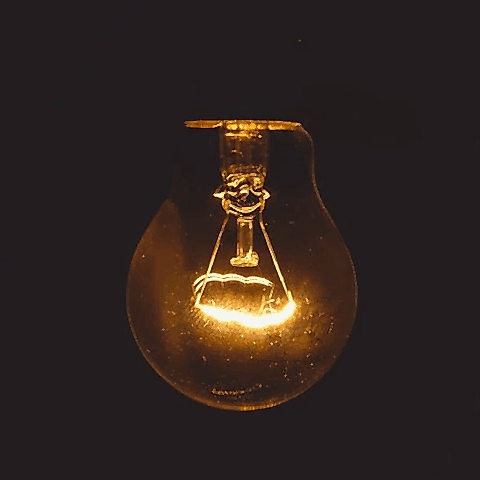

Mains Power
A qualified electrician will be able to run an armoured power cable through your garden to provide a mains power source for your log cabin. This will then enable you to run mains appliances such as computers and televisions as well as lights.


Innovative Log Cabin Ideas
Try any of these log cabin ideas, which include eco-friendly, and technology add-ons to enhance the use of your log cabin:
- Automated lighting and climate control systems - install these during log cabin installation or add these later. These systems automate settings including humidity, light and temperature levels. They save time and provide optimal conditions for your comfort
- Insulated roofing and flooring options - buy advanced insulated log cabins with insulation in your log cabin's roof and floor to maintain comfortable temperatures throughout the year
- Multi-functional spaces - choose a multi-room log cabin with versatile rooms that can serve various purposes, such as any of home office, gym or guest accommodation
- Natural materials and finishes – opt for sustainable and eco-friendly materials for construction and interior finishes. This enhances the aesthetic appeal and environmental footprint of your log cabin
- Outdoor living enhancements - create inviting outdoor spaces around your log cabin with features like decking, pergolas and outdoor kitchens, extending your living area into the surrounding nature
- Rainwater harvesting systems - add systems to collect and store rainwater for uses including gardening and cleaning, reducing your reliance on mains water
- Smart home technology - use IoT devices and smartphone apps to remotely monitor and control your garden cabin's systems. This ensures comfort and convenience wherever you happen to be, if you have an internet connection
- Solar power integration - buy a log cabin with solar panels for a great log cabin office. Achieve energy self-sufficiency and reduce your environmental impact
- Wi-Fi - depending on the location of your log cabin in relation to your house, you may need wi-fi boosters that will provide a better internet connection for your portable devices. Speak with your internet provider to identify which products would best suit your needs
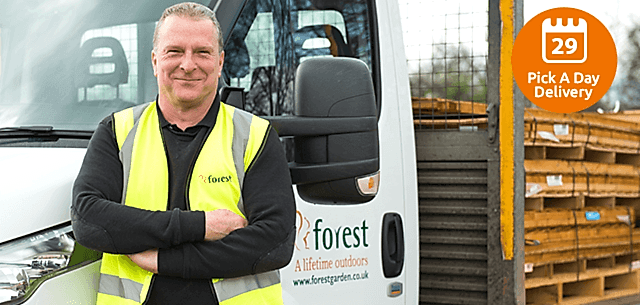

How Soon will Delivery be Available?
Each log cabin’s product page will show the delivery lead time for that specific log cabin. The lead time, such as 3-4 weeks, is an estimated dispatch date for your product. During this period, the manufacturer will get in touch with you to arrange a suitable delivery date.
Please be aware that any changes made to your order post-payment could impact the delivery schedule. So, it is important to verify that your order is correct and complete before finalising it.
How much do the delivery charges cost?
As for delivery costs, most of our products include free delivery. However, there may be additional delivery charges for certain remote postcodes, even if delivery is free in other areas. To confirm delivery options in your location and check for any possible extra charges, please use our postcode checker, which is also available on our product pages.
Log Cabin Installation
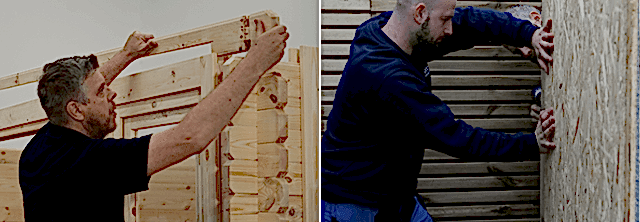

Many of our log cabin manufacturers offer a professional installation service for an expert, no-hassle assembly. Please read the installation section for your chosen product to view full details of any assembly services which may be available.
The installation section can be found below the full specification and description sections on each product page.


Contacting Buy Fencing Direct
If you require more help or have any other queries about buying one of our log cabins for sale, feel free to reach out to our helpful Customer Service Team based in the UK. You can easily contact us by calling 0333 003 0515. Alternatively, you can email us using the form on our contact page. For immediate assistance, you can also chat with us in real-time using the live chat feature accessible via the app icon located at the bottom left corner of any page. We are always ready to assist in finding the best log cabin to meet your needs!





